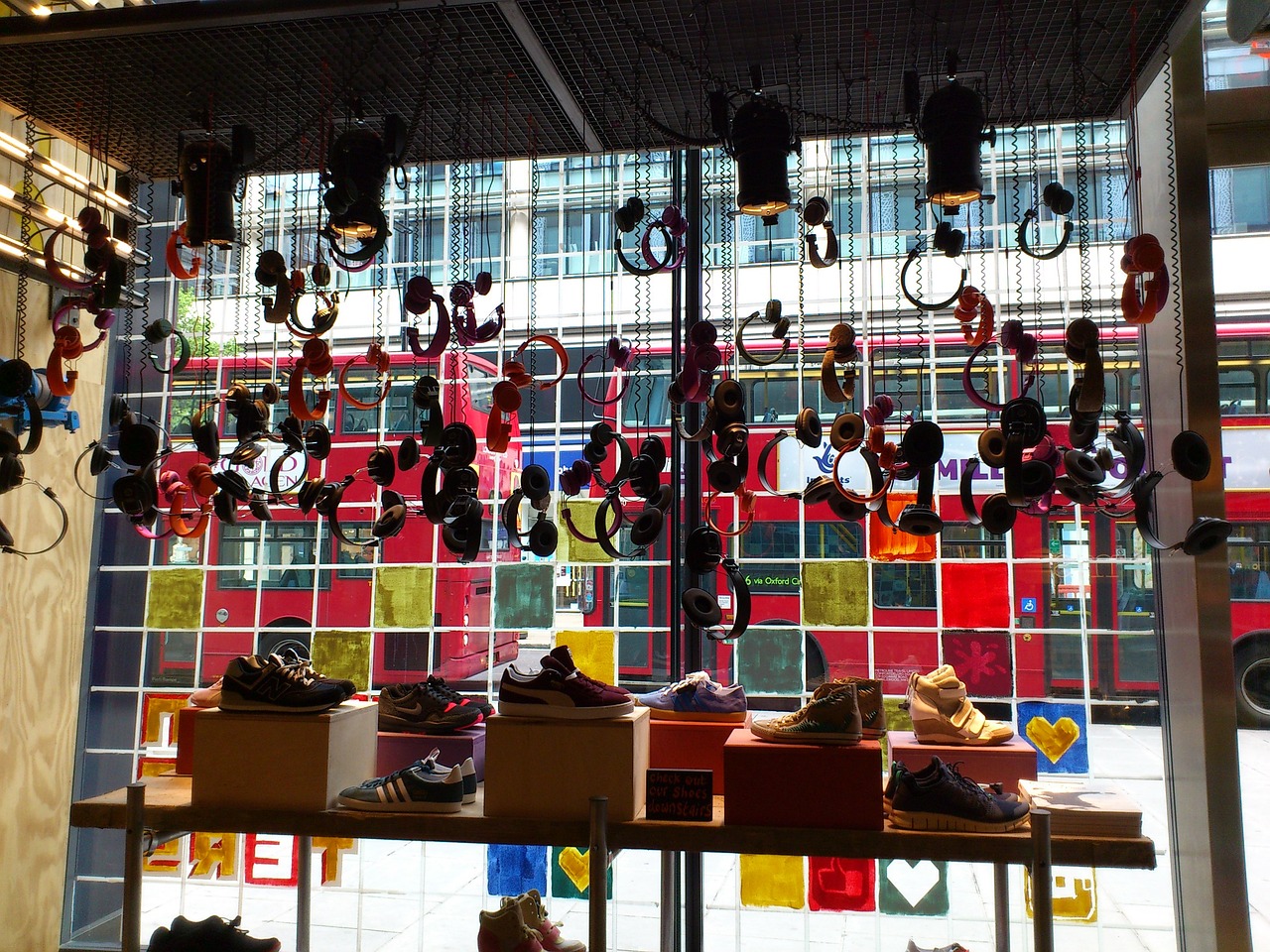What Is a Merchandising Display?
Imagine a merchandising display as a painter’s canvas, where every brushstroke is thoughtfully placed to captivate your attention. But what exactly goes into creating these captivating displays that lure you in and urge you to explore further? Let’s unravel the mystery behind what makes a merchandising display effective and how it influences your shopping decisions. Whether you’re a casual shopper or an industry enthusiast, understanding the art and science behind merchandising displays can offer valuable insights into the world of retail and consumer behavior.
Importance of Merchandise Displays
Understanding the pivotal role that merchandise displays play in captivating customer attention and enhancing purchasing decisions is essential for any business looking to thrive in today’s competitive market. Retail displays act as the silent salesperson in your store, drawing customers in with their visual appeal and strategic placement. These merchandising displays are not just about showcasing products; they are about creating an experience that entices shoppers to explore further and make a purchase.
Effective retail merchandising displays can set your business apart from the competition. They offer a platform to showcase your products in a way that resonates with your target audience, influencing their buying decisions. Whether it’s highlighting new arrivals, promoting special offers, or telling a story with your products, well-executed displays can drive sales and build brand loyalty.
Elements of Effective Merchandising Displays
Crafting compelling and visually appealing merchandise displays is crucial for attracting and engaging customers in your store. To create an effective display, consider elements such as layout, lighting, signage, and product arrangement. The layout should guide customers through the display, drawing their attention to key products. Strategic lighting can enhance the mood and highlight featured items. Clear signage with concise messaging helps customers understand the products and any promotions. When arranging products, consider factors like color, size, and complementary items to create visually appealing combinations.
In addition, ensure that the display is kept clean and organized to maintain a professional appearance. Regularly refresh the display to showcase new products and keep customers interested. By combining these elements thoughtfully, you can create displays that not only attract attention but also educate and inspire customers to make purchases. Remember, the goal is to entice customers to explore your products and drive sales through effective merchandising displays.
Strategies for Successful Product Presentations
Looking to captivate your audience and boost sales? To create successful product presentations, focus on strategic planning and creativity. Begin by understanding your target demographic to tailor displays effectively. Allocate display space wisely, placing high-demand items in prime locations. Remember, simplicity can be key – avoid overwhelming customers with cluttered displays. Keep it fresh by regularly updating your presentations with new products or seasonal items.
Ensure your displays are visually appealing and cohesive to draw customers in. Use complementary product groupings to encourage add-on sales and showcase items that are frequently used together. Don’t forget the power of storytelling – arrange products in a way that tells a compelling narrative or highlights their unique features.
Lastly, maintain cleanliness and organization to convey professionalism and attention to detail. By implementing these strategies, you can create engaging product presentations that not only catch the eye but also drive sales and leave a lasting impression on your customers.
Educational Role of Merchandise Displays
Immerse customers in a world of knowledge through interactive merchandise displays that inform and inspire their product choices. When done right, merchandise displays serve as more than just a showcase of products; they become a learning experience for shoppers. Here’s how they can educate and engage customers:
- Interactive Demonstrations: Allow customers to try out products themselves.
- Product Information: Provide details about the product’s features and benefits.
- Usage Ideas: Show different ways the product can be used or styled.
- Comparative Displays: Highlight the differences between similar products.
- Tutorial Videos: Incorporate videos demonstrating product usage or benefits.
Impact of Merchandising Displays on Sales
As customers interact with educational merchandise displays, their engagement and understanding directly impact the sales generated by these strategic marketing tools. When a display effectively educates customers about a product’s features and benefits, it creates a connection that can lead to a purchase. The more engaging and informative the display, the higher the chances of converting interest into sales.
Imagine walking into a store and being drawn to a beautifully curated display that showcases how a specific product can enhance your life. You’re more likely to be intrigued, ask questions, and ultimately make a purchase. This is the power of a well-executed merchandising display—it not only attracts attention but also guides customers towards a buying decision.




